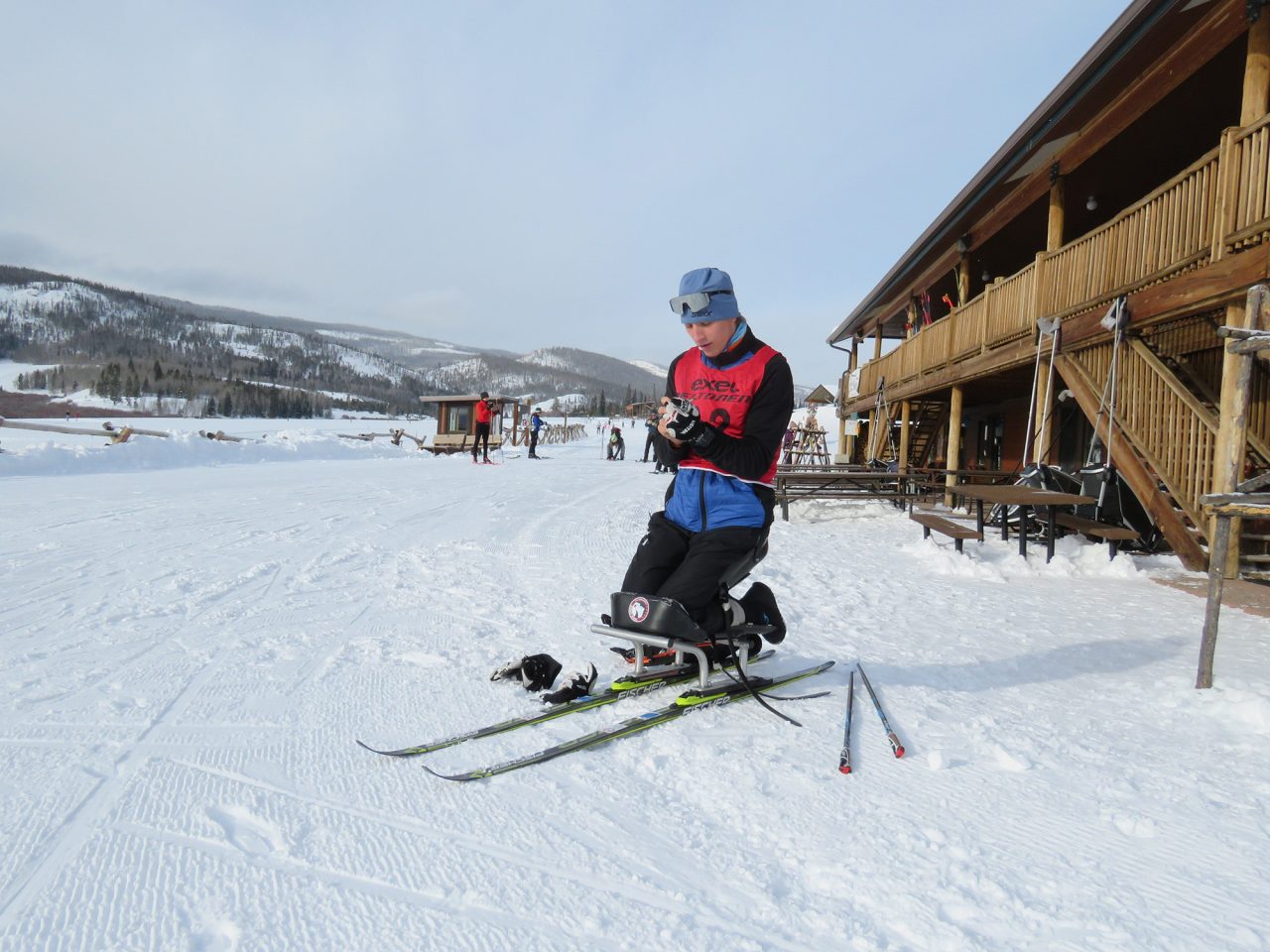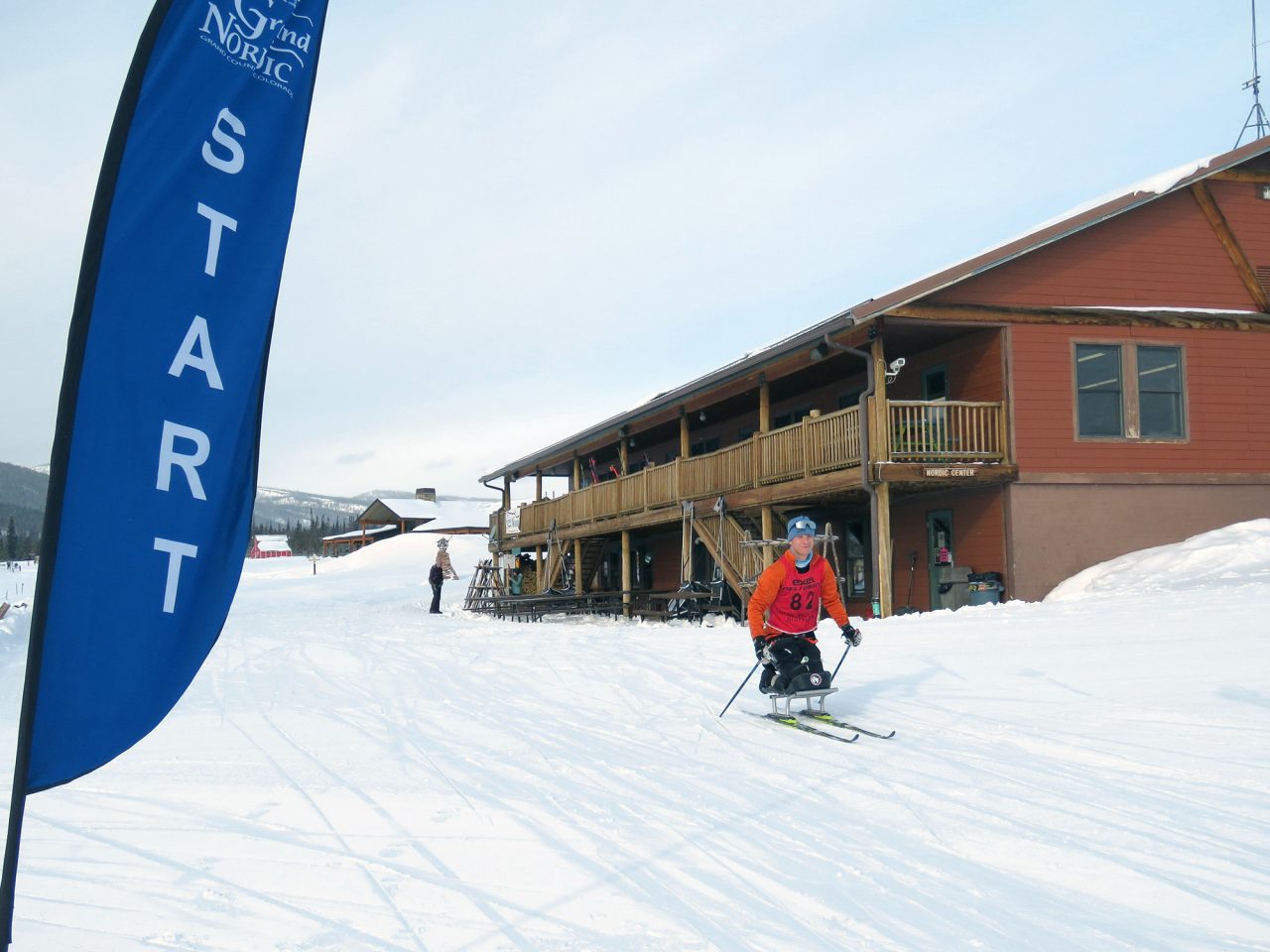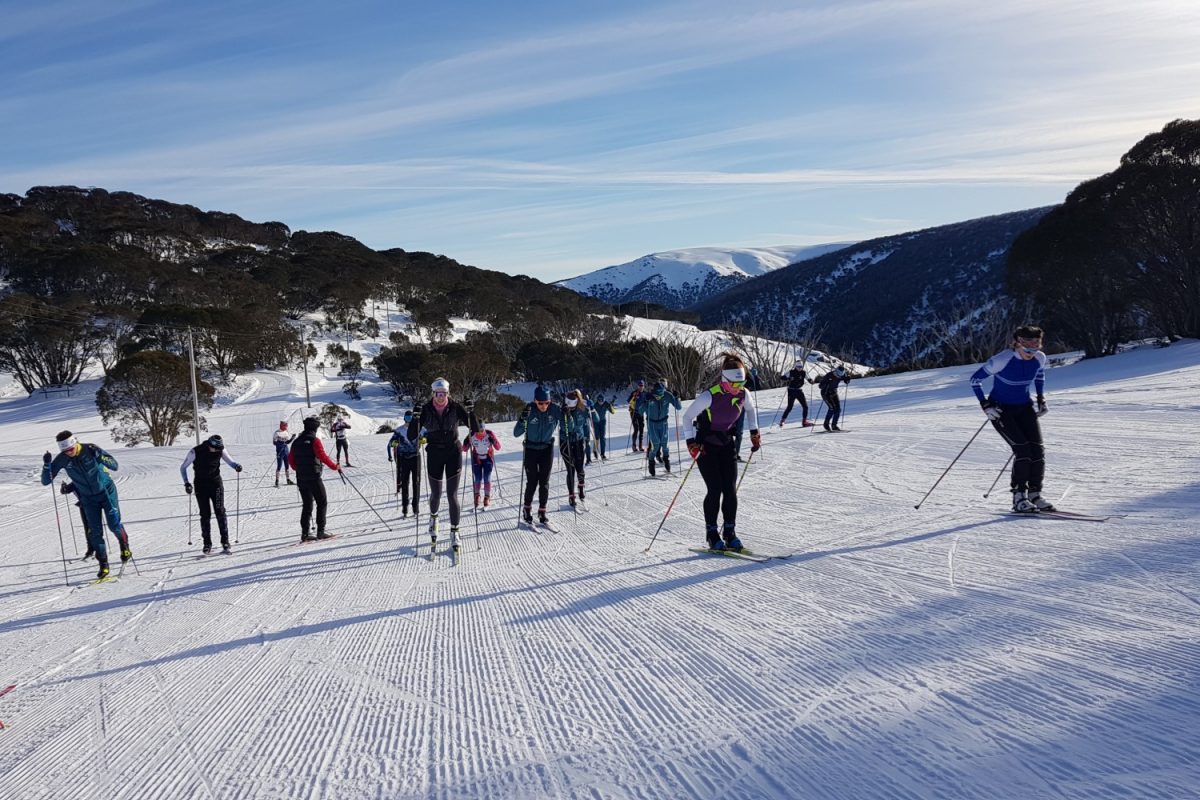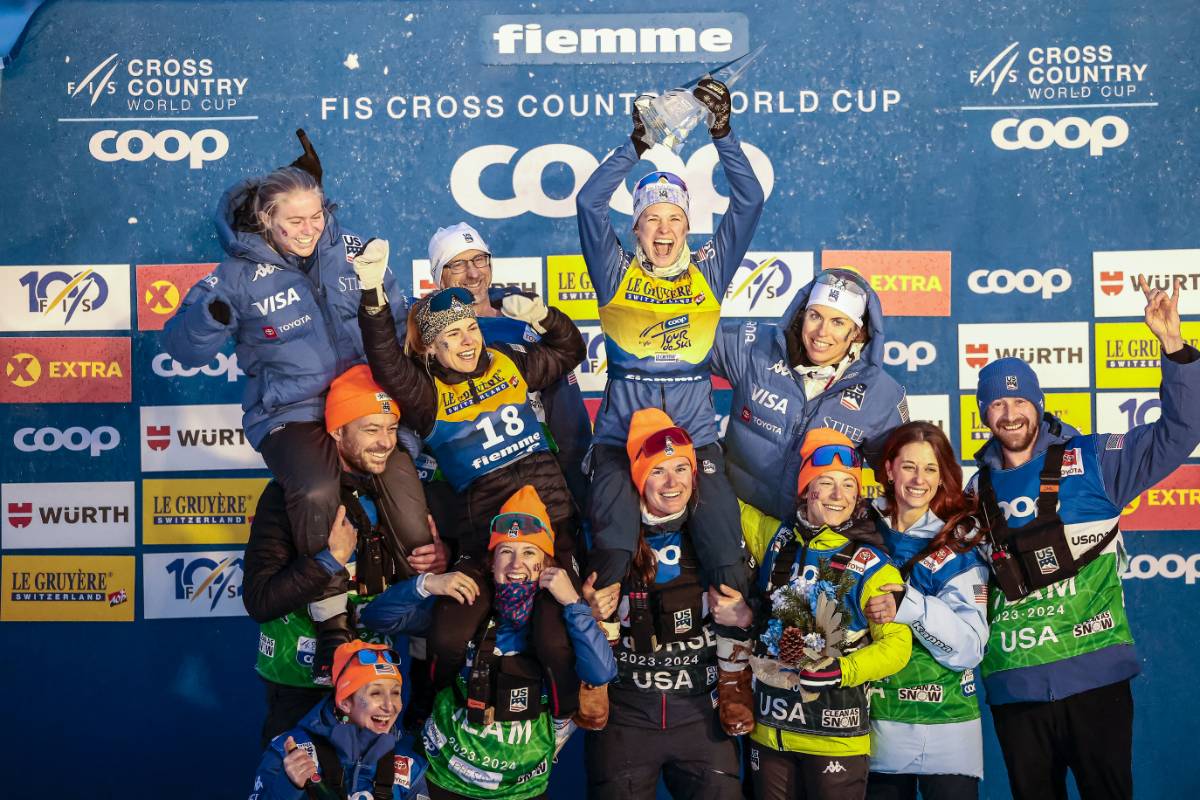
What a gap year it’s been so far for 19-year-old Otis Loga.
After graduating high school in Montpelier, Vt., in September, the aspiring Paralympian decided to spend a winter skiing and training out West before starting college. He landed at Snow Mountain Ranch, the YMCA of the Rockies, in Granby, Colo.
It was a dream for the relatively new sit skier, who was first invited to a US Paralympic camp in Canmore, Alberta, a year earlier. A three-sport athlete in high school, Loga has cerebral palsy (CP), a movement disorder that makes it difficult for his brain to send messages to the rest of his body. He was born with it, yet he persisted in sports, learning to ride a bike in fourth grade and competing in cross-country skiing, cross-country running, and track in high school.
As a freshman, Logan started skiing as most people do—on two legs—but initially needed skis without wax to give him more control. He worked up to skiing on wax and standing for an entire practice, but the coordination involved with cross-country skiing remained a challenge.
“Standing on one foot, moving on snow is an issue,” Loga explained. I was just falling and couldn’t keep up with anybody, and I came in last or second to last place every single race.”
At the first race of his sophomore season at the Craftsbury Outdoor Center, he encountered a US Paralympics table. He picked up an information card, and his coach encouraged him to follow up with them.
“I checked it out, put my name on their email list,” Loga explained. “Next thing I know, BethAnn Chamberlain sent me a box with a sit ski in it.”
His contact with Chamberlain, the US Paralympics Nordic Skiing development coach, proved fruitful beyond his initial sit-ski setup. As a high-school senior, he attended the US Paralympics Nordic training camp and returned to Canmore for a second time this past winter.
“That’s when I met a lot of other skiers and got to ski with people at a high level,” he said. “[It] was like, ‘You’re double poling, and I’m double poling. Cool.’ ”
Chamberlain also connected Loga with Mark Birdseye, the nordic and biathlon competition coach for the National Sports Center for the Disabled (NSCD) in Winter Park, Colo., who facilitated his move to Snow Mountain Ranch.

“[She said] this might be a good training/gap year opportunity for you,” Loga reflected. “And I looked into it, like, great, I can get paid to work at the Nordic Center and ski and get coaching, and I’m already out West closer to people [to train with].”
As the recipient of a $3,000 grant from the Challenged Athletes Foundation, he received a new, custom-built sit ski precisely fit for him that didn’t require “five pounds of duct tape” to strap his legs in, as his old sit ski did. Loga joked that the new sit ski “fit [his] curves.” This past winter, he used it for training at Snow Mountain Ranch and several Paralympic training camps and races.
One of five athletes who trained with Birdseye this winter, Loga embraced his Colorado experience, downhill skiing at Winter Park and working, skiing, and living at the ranch. He worked full-time in exchange for lodging and food, the costs of which were deducted from his paycheck.
According to Loga, he taught lessons, worked on the ski patrol, interacted with customers, cleaned bathrooms, and kept walkers off groomed trails. When he wasn’t working, he trained on an abundance of snow on sit-ski-friendly trails.
“When I’m skiing at Snow Mountain, I feel like, ‘Wait, so I live here, and I ski here, and I get paid? What a dream,’ ” he said.
“He needed a place to live and a place to eat and a place to ski, and we are that place,” said Mary Ann Degginger, program director at the Snow Mountain Ranch. “He’s been a great staff member for us and a delight to work with, and he’s also just a really inspiring, inspirational human being.”
Birdseye, who served as program director at Snow Mountain Ranch from 1985 to 2010, described Loga as incredibly hardworking and coachable.
“He’s got a wonderful sense of humor about where he’s at in life and where he’s going,” Birdseye said. “He’s got a very good aerobic engine and can ski for a long, long time.”

Loga competed in several distance races this year, including the Boulder Mountain Tour in Sun Valley, Idaho, and back-to-back Stampede races at Snow Mountain Ranch. For the latter, he earned the coveted belt buckle for completing two 25 k races on consecutive days, the first of which was on an untracked skate course—a challenge for any sit skier.
“I am a long-distance person,” Loga proclaimed. “If you say ski, run, or bike, fine. Sprint 400 meters? No, thank you.”
As he packed for his return to Vermont this month, Loga said he was grateful for his time spent in Colorado with Birdseye at Snow Mountain and with the US Paralympics Nordic team. While home this summer, he said he would begin classes at a community college while continuing to train in an effort to make the national team and become a Paralympian. Next winter, he hoped to be back out West—preferably in Colorado at Snow Mountain Ranch.
“Athletically, he’s still a young man,” Birdseye said. “He’s only 19, so he’s still got a lot of maturation to go as a young man and an athlete.”
Birdseye said they had been working on Loga’s hand speed and interval-based training to build speed in shorter-distance races. For the start of the off-season, he explained Loga would be getting back into cycling shape during his cross-country road bike back home.
This Friday, April 19, Loga planned to meet his father at the Denver airport, drive to the Kansas-Colorado border, and ride roughly 2,000 miles back home over the next month or so. After having his legs strapped into a sit ski for most of this winter, Loga realized that riding 100 miles daily would be tough. He said the most he has ever done in one day is about 80 miles.
“My dad’s gonna fly out and be my swag wagon,” Loga explained. “I booked a month, so if I don’t make it in time, then I just hop in the car and drive.”
They planned to camp on the side of the road, stay in hotels when necessary, “or knock on some nice stranger’s door and spend the night,” he said.
“I said, ‘Otis, you’re gonna have to pedal yourself into fitness like they do in the Tour de France,’ ” Birdseye said with a laugh. “… You’re a great nordic skier right now, but the Viking legs will come…
“He’s got a very adventuresome spirit,” he continued. “… And he has such a great heart for people. He’s very caring and really wants to do the best that he’s capable of doing.”
Alex Kochon
Alex Kochon (alexkochon@gmail.com) is a former FasterSkier editor and roving reporter who never really lost touch with the nordic scene. A freelance writer, editor, and outdoor-loving mom of two, she lives in northeastern New York and enjoys adventuring in the Adirondacks. She shares her passion for sports and recreation as the co-founder of "Ride On! Mountain Bike Trail Guide" and a sales and content contributor at Curated.com. When she's not skiing or chasing her kids around, Alex assists authors as a production and marketing coordinator for iPub Global Connection.



